Legal compendium, including Castellanus de Bononia, Arbor syllogistica , the anonymous Liber propositionum and a commentary on Justinian's Digestum novum , in Latin, decorated manuscript on paper [Italy (most probably Bologna), closing years of the fourteenth century or the opening years of the fifteenth century] 162 leaves (plus a parchment endleaf at each end recovered from a twelfth-century Italian Breviary with remains of a large red foliate and geometric initial and 13 lines of text with Beneventan neumes, used upside down in current binding), complete, collation: i12, ii6, iii-v10, vi-vii12, viii-xii10, xiii8, xiv12, xv-xvi10, some catchwords and quire and leaf signatures, first text (fols. 1r-12v) with double column of 38 lines of a squat Italian late gothic bookhand showing strong influence of secretarial hands, simple red initials, second text (fols. 13r-152v) in single column of 47 lines in different hand, important sections of text underlined in red, some running titles in red, paragraph marks and initials in red or dark blue, larger initials with foliate penwork in contrasting colour, explicit on fol. 60v with penwork animal head in profile, one large initial 'R' enclosing coloured foliage, a long grass stem in centre of eighth gathering (most probably an informal medieval book mark plucked from some plant while reading volume outside in cloister), watermarks of crown and a hunting horn (see below), some water stains at edges and worm holes (more pronounced at ends, but not affecting legibility or appearance of this monastic manuscript), some small spots and stains, but overall clean and presentable condition, 313 by 215mm.; contemporary binding of heavy oak boards with red pigskin spine, remains of three clasps on lower board with corresponding marks from straps on upper board, wood cleaned and partly restored, some splits and wear to leather of spine, overall solid in binding Provenance: 1. Most probably written in Bologna in the closing years of the fourteenth century or the opening years of the fifteenth century for use in either a monastic or university setting there: the watermarks here range in date from 1397 to 1403 and firmly focus on Bologna and its vicinity: I: Crown of type found in Briquet 4619 (Bologna, 1390-99), as well as Piccard 51099 (Ferrara, 1401), 51126 (Bologna, 1398), 51127 (Bologna, 1398), 51128 (Bologna, 1397), 51129 (Castelfranco, 1400), and 51131 (Castelfranco, 1400); II: Hunting Horn as in Piccard 119374 (Pavia, 1397), 119376 (Bologna, 1396), 119377 (Bologna, 1397), 119471 (Bologna, 1397), and 119498 (Bologna, 1403). The manuscript then evidently remained in Bologna through the next century, during which period it had inscriptions mentioning the city added to its last endleaves. 2. From the library of the noble Sales family in Château de Thorens (commune Thorens-Glières) in Savoy. The castle was confiscated by the duke of Savoy from the lords of Compey in 1476, passed to Marie de Luxembourg and in 1559 was sold to Lord François de Sales de Boisy, father of the Saint François de Sales (1567-1622; Jesuit, bishop of Geneva). The castle is still inhabited by the Roussy de Sales branch of the family, who recently sold the archives of their house to the French state and deaccessioned the few remaining manuscripts from their library at the same time (including this volume). Text: This is a large and weighty monastic legal sammelband, bringing together rare practical texts, of an apparent German origin. The codex opens with the Arbor syllogistica , which identifies its author as Castellanus, "son of Nicholas de Bonarellis of Bologna", noting his studies in Perugia in 1346 (fols. 1r-18v, opening "Quoniam affirmantis ut negantis aliquid fore iuridicum ..."). The text is also known as the Modus arguendi in iure , and is a treatise on syllogistic logic, dialectic, and rhetoric in legal arguments, a popular courtroom approach among fourteenth-century jurists. It is recorded elsewhere in at
Legal compendium, including Castellanus de Bononia, Arbor syllogistica , the anonymous Liber propositionum and a commentary on Justinian's Digestum novum , in Latin, decorated manuscript on paper [Italy (most probably Bologna), closing years of the fourteenth century or the opening years of the fifteenth century] 162 leaves (plus a parchment endleaf at each end recovered from a twelfth-century Italian Breviary with remains of a large red foliate and geometric initial and 13 lines of text with Beneventan neumes, used upside down in current binding), complete, collation: i12, ii6, iii-v10, vi-vii12, viii-xii10, xiii8, xiv12, xv-xvi10, some catchwords and quire and leaf signatures, first text (fols. 1r-12v) with double column of 38 lines of a squat Italian late gothic bookhand showing strong influence of secretarial hands, simple red initials, second text (fols. 13r-152v) in single column of 47 lines in different hand, important sections of text underlined in red, some running titles in red, paragraph marks and initials in red or dark blue, larger initials with foliate penwork in contrasting colour, explicit on fol. 60v with penwork animal head in profile, one large initial 'R' enclosing coloured foliage, a long grass stem in centre of eighth gathering (most probably an informal medieval book mark plucked from some plant while reading volume outside in cloister), watermarks of crown and a hunting horn (see below), some water stains at edges and worm holes (more pronounced at ends, but not affecting legibility or appearance of this monastic manuscript), some small spots and stains, but overall clean and presentable condition, 313 by 215mm.; contemporary binding of heavy oak boards with red pigskin spine, remains of three clasps on lower board with corresponding marks from straps on upper board, wood cleaned and partly restored, some splits and wear to leather of spine, overall solid in binding Provenance: 1. Most probably written in Bologna in the closing years of the fourteenth century or the opening years of the fifteenth century for use in either a monastic or university setting there: the watermarks here range in date from 1397 to 1403 and firmly focus on Bologna and its vicinity: I: Crown of type found in Briquet 4619 (Bologna, 1390-99), as well as Piccard 51099 (Ferrara, 1401), 51126 (Bologna, 1398), 51127 (Bologna, 1398), 51128 (Bologna, 1397), 51129 (Castelfranco, 1400), and 51131 (Castelfranco, 1400); II: Hunting Horn as in Piccard 119374 (Pavia, 1397), 119376 (Bologna, 1396), 119377 (Bologna, 1397), 119471 (Bologna, 1397), and 119498 (Bologna, 1403). The manuscript then evidently remained in Bologna through the next century, during which period it had inscriptions mentioning the city added to its last endleaves. 2. From the library of the noble Sales family in Château de Thorens (commune Thorens-Glières) in Savoy. The castle was confiscated by the duke of Savoy from the lords of Compey in 1476, passed to Marie de Luxembourg and in 1559 was sold to Lord François de Sales de Boisy, father of the Saint François de Sales (1567-1622; Jesuit, bishop of Geneva). The castle is still inhabited by the Roussy de Sales branch of the family, who recently sold the archives of their house to the French state and deaccessioned the few remaining manuscripts from their library at the same time (including this volume). Text: This is a large and weighty monastic legal sammelband, bringing together rare practical texts, of an apparent German origin. The codex opens with the Arbor syllogistica , which identifies its author as Castellanus, "son of Nicholas de Bonarellis of Bologna", noting his studies in Perugia in 1346 (fols. 1r-18v, opening "Quoniam affirmantis ut negantis aliquid fore iuridicum ..."). The text is also known as the Modus arguendi in iure , and is a treatise on syllogistic logic, dialectic, and rhetoric in legal arguments, a popular courtroom approach among fourteenth-century jurists. It is recorded elsewhere in at

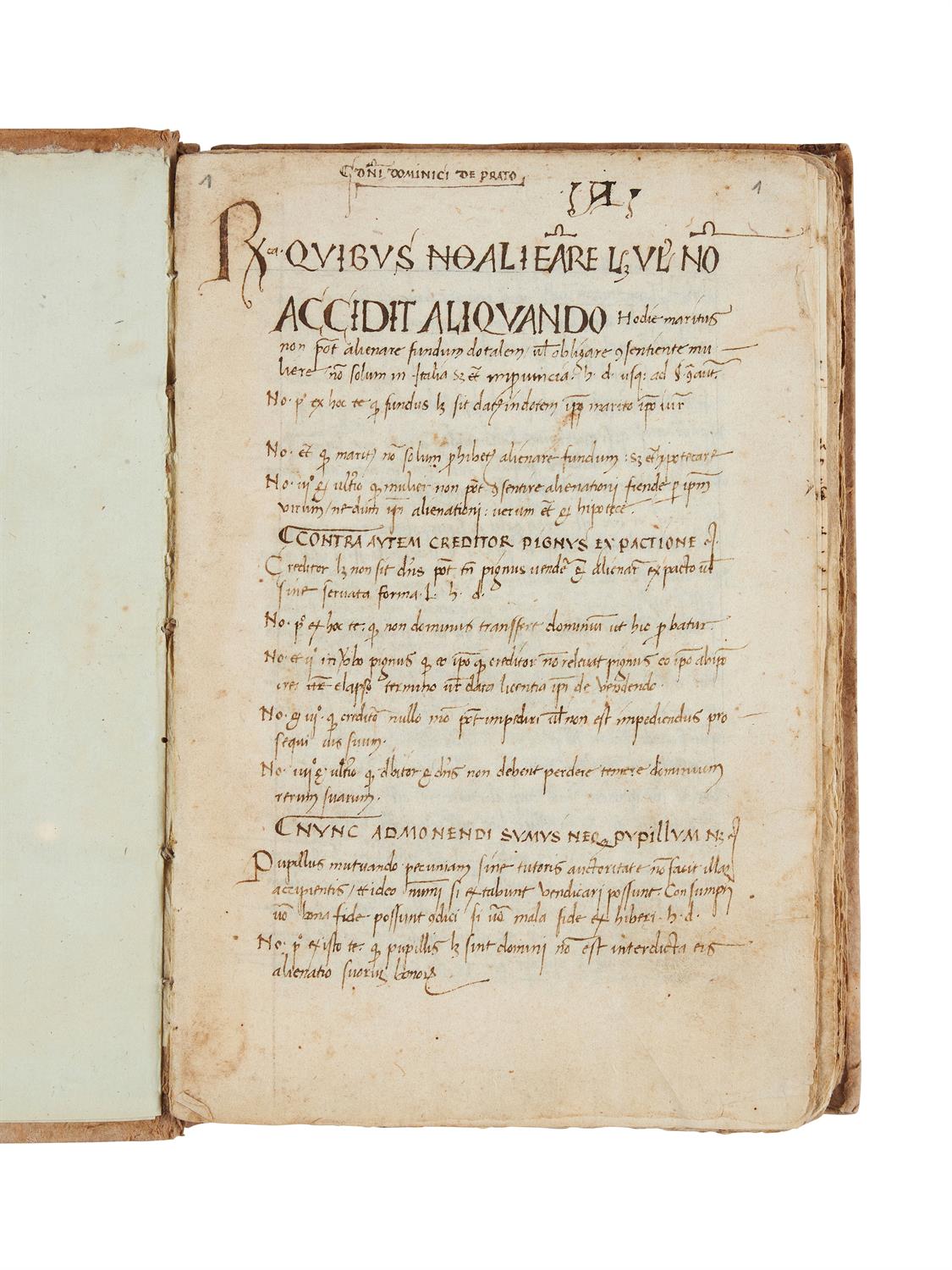
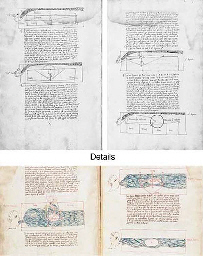


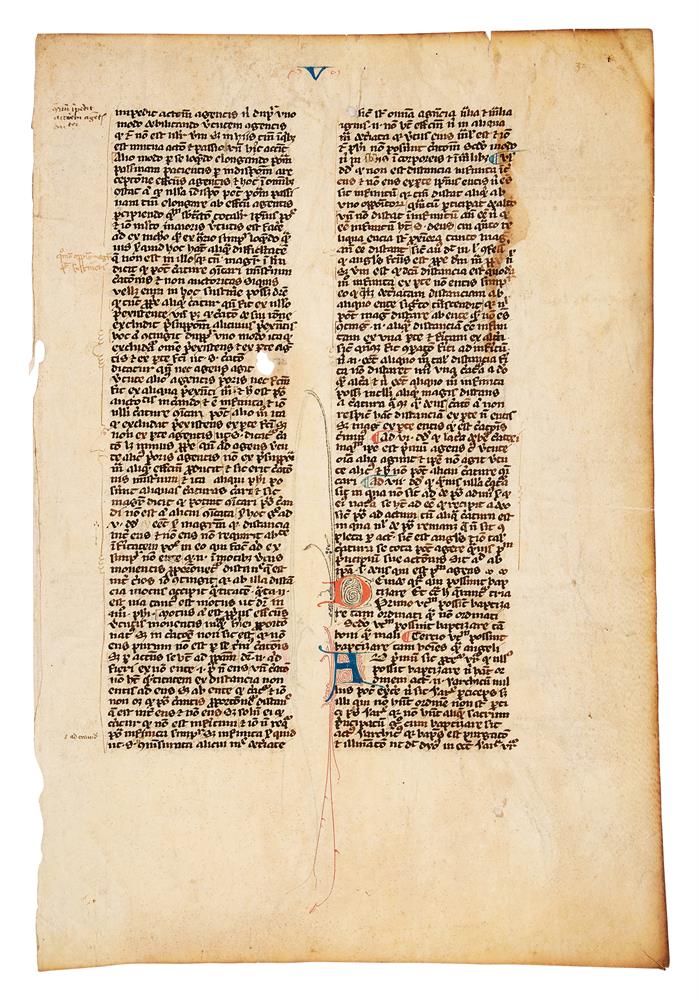
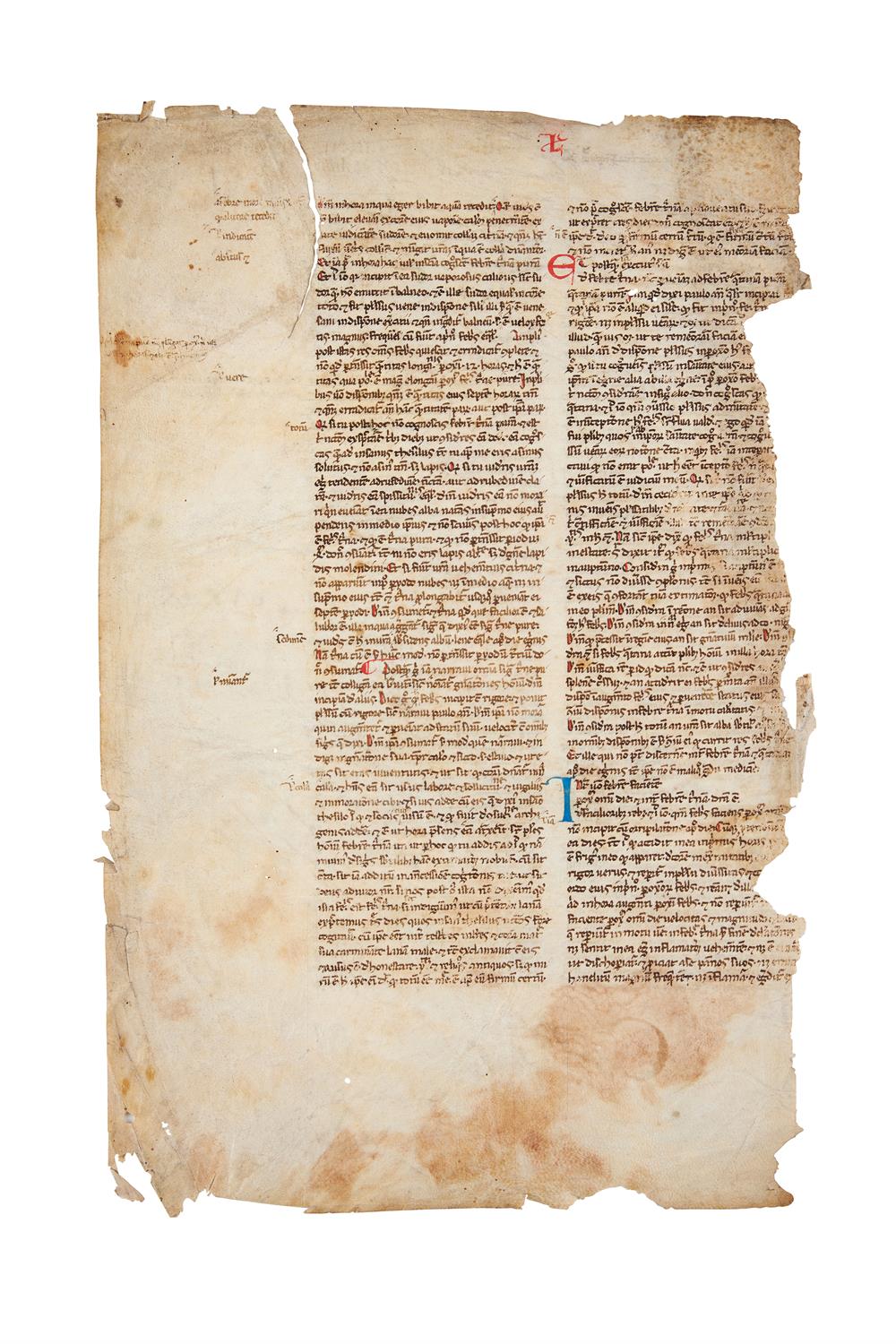




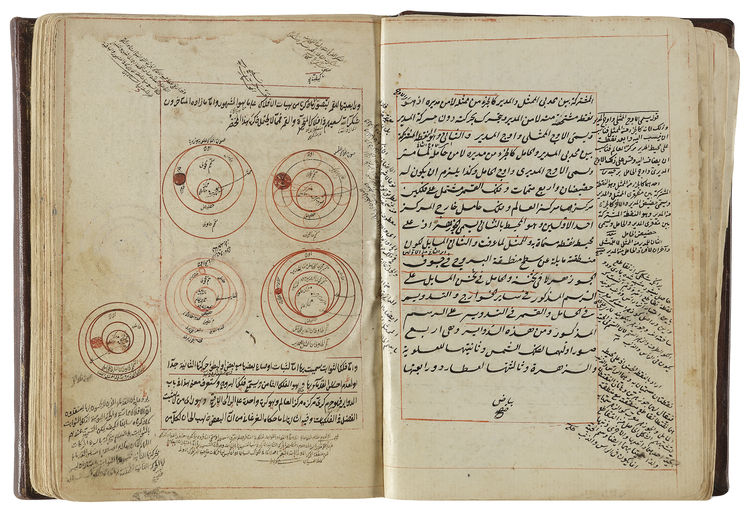
.jpg)
Try LotSearch and its premium features for 7 days - without any costs!
Be notified automatically about new items in upcoming auctions.
Create an alert